Pottery Ideas & Advice
POTTERY 101
Looking for some ceramics inspiration? Our tips & information can help your personal journey of exploration. Check back periodically for how-tos, product reviews, raw material information and buying guides.
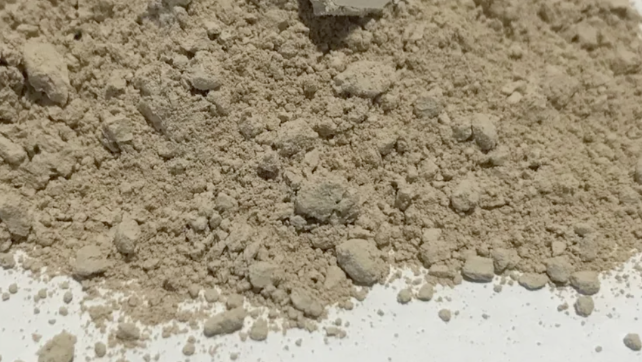
An Update on EPK (Edgar Plastic Kaolin)
As many of you know, the source mine for EPK (Edgar Plastic Kaolin) has been out of operation for the better part of 2023...
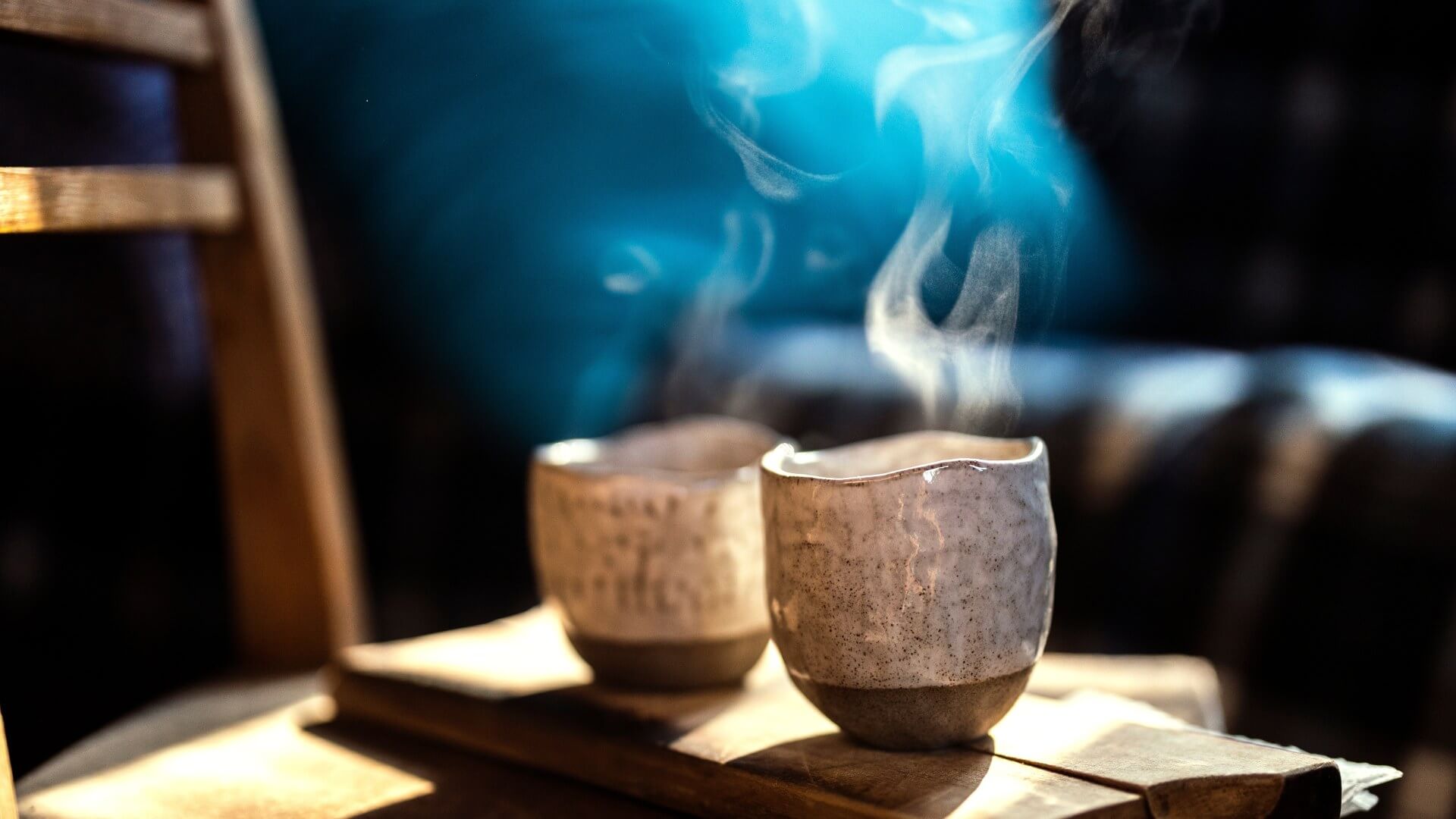
Food safe glazes: how can you tell if your pottery will be food safe?
There has been a lot of chatter recently about food-safe glazes and how to tell if a piece of pottery will be food safe. Generally, a piece of pottery is considered food safe when it meets the following criteria:
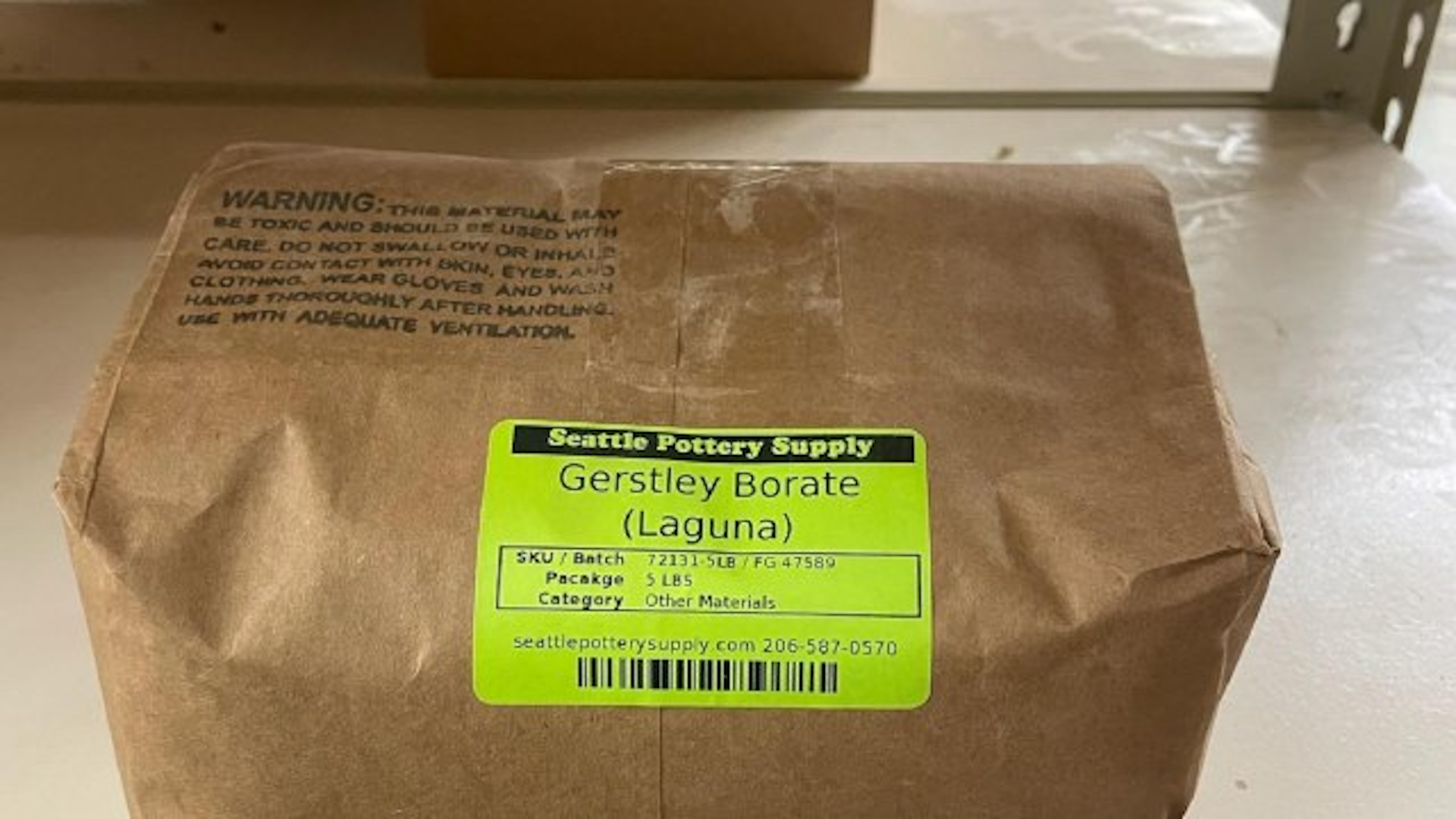
A Note on Gerstley Borate
Gerstley Borate (aka colemanite, calcium borate, borocalcite) is a sodium-calcium-borate compound used as a flux in ceramics...
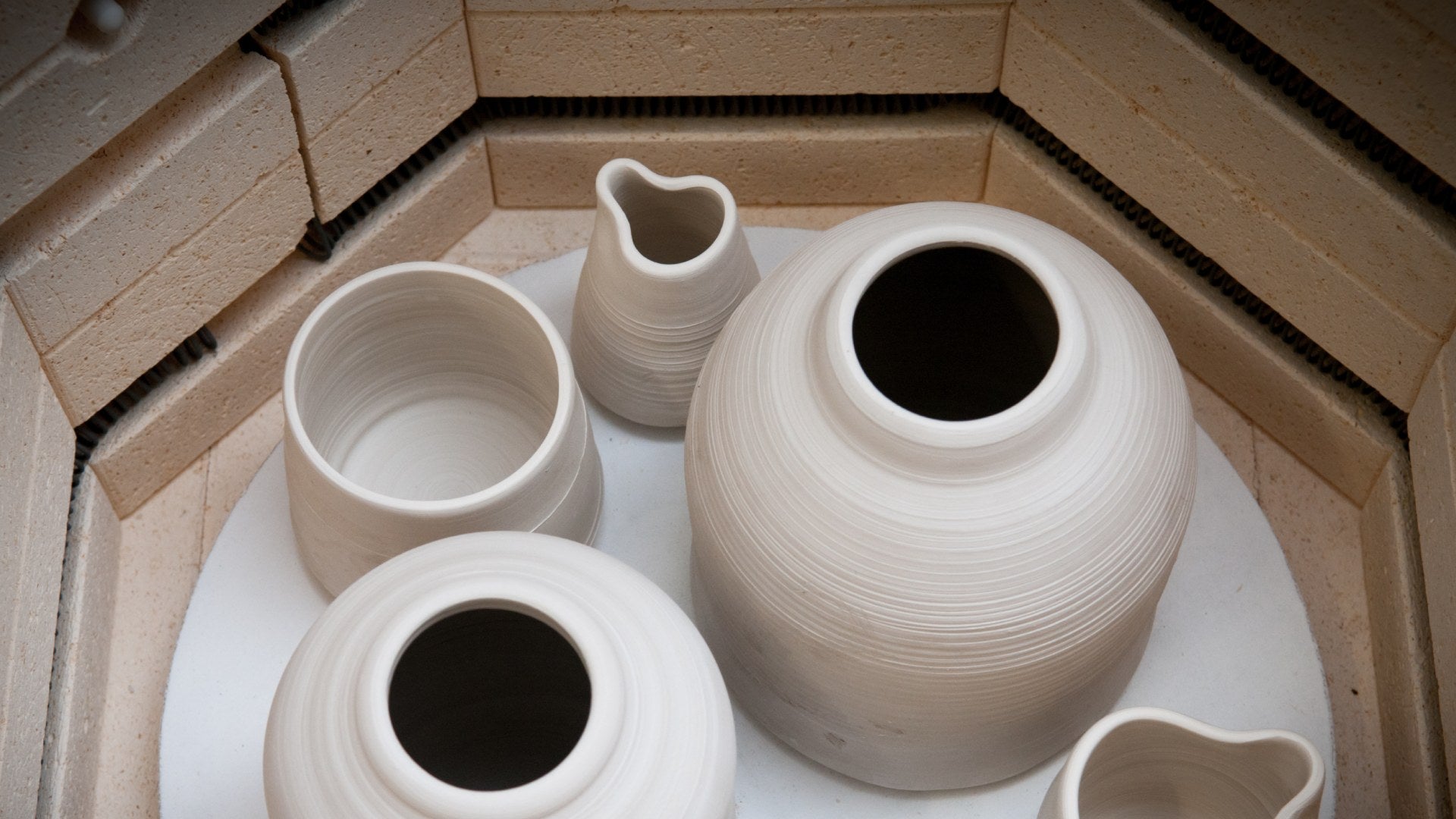
How to Choose the Best Kiln for Beginners
Looking for your first kiln? If you’re a relatively new potter, the options might seem overwhelming. But we can help! Here are a few key suggestions for choosing a great first kiln.
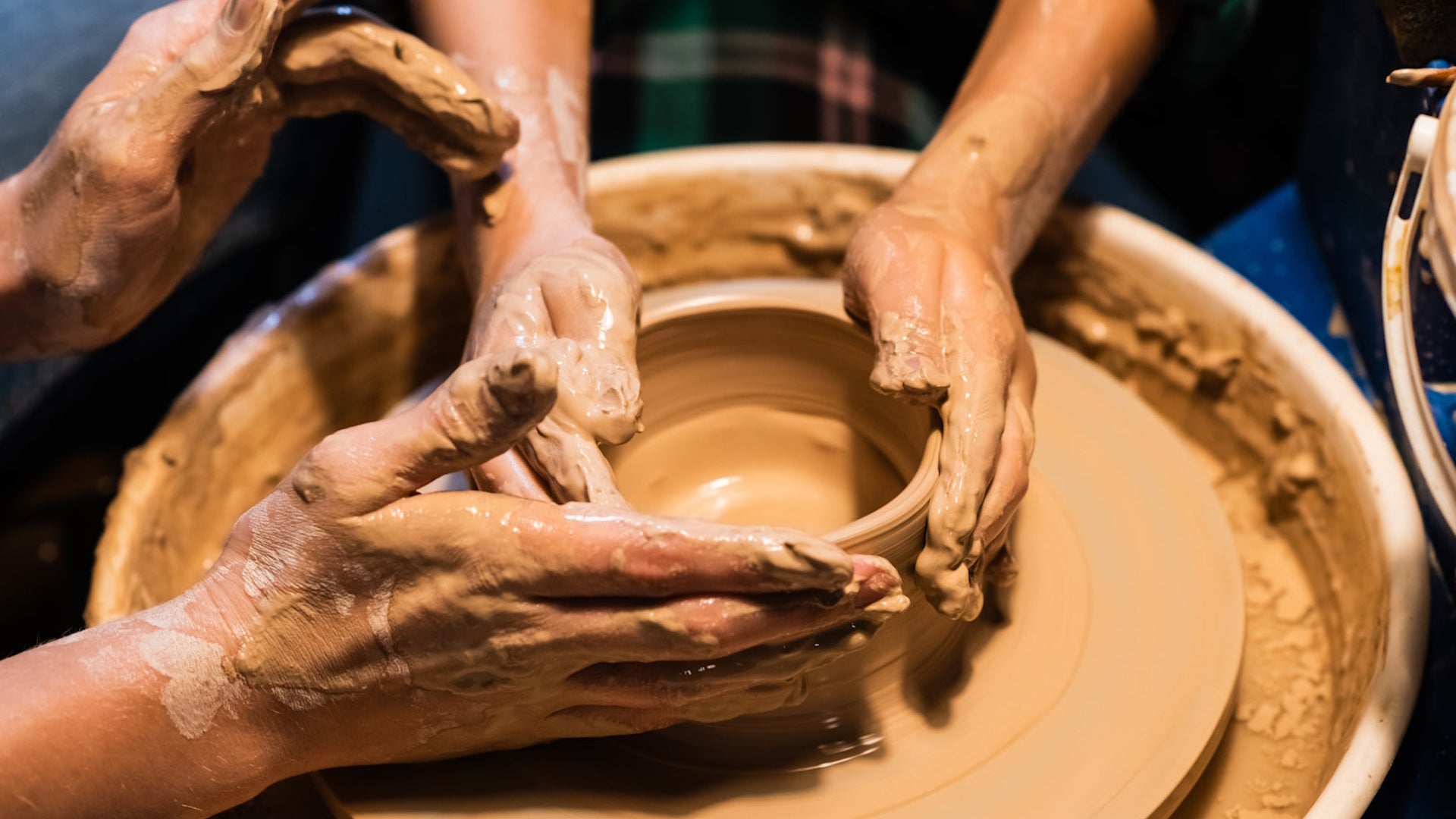
What is the best pottery clay for beginners?
Clay and ceramics are quickly growing in popularity thanks to an increase in pottery accounts on social media and an explosion of new studios. And for the artist who's new to ceramics, the first question is often, "what clay should I use?".
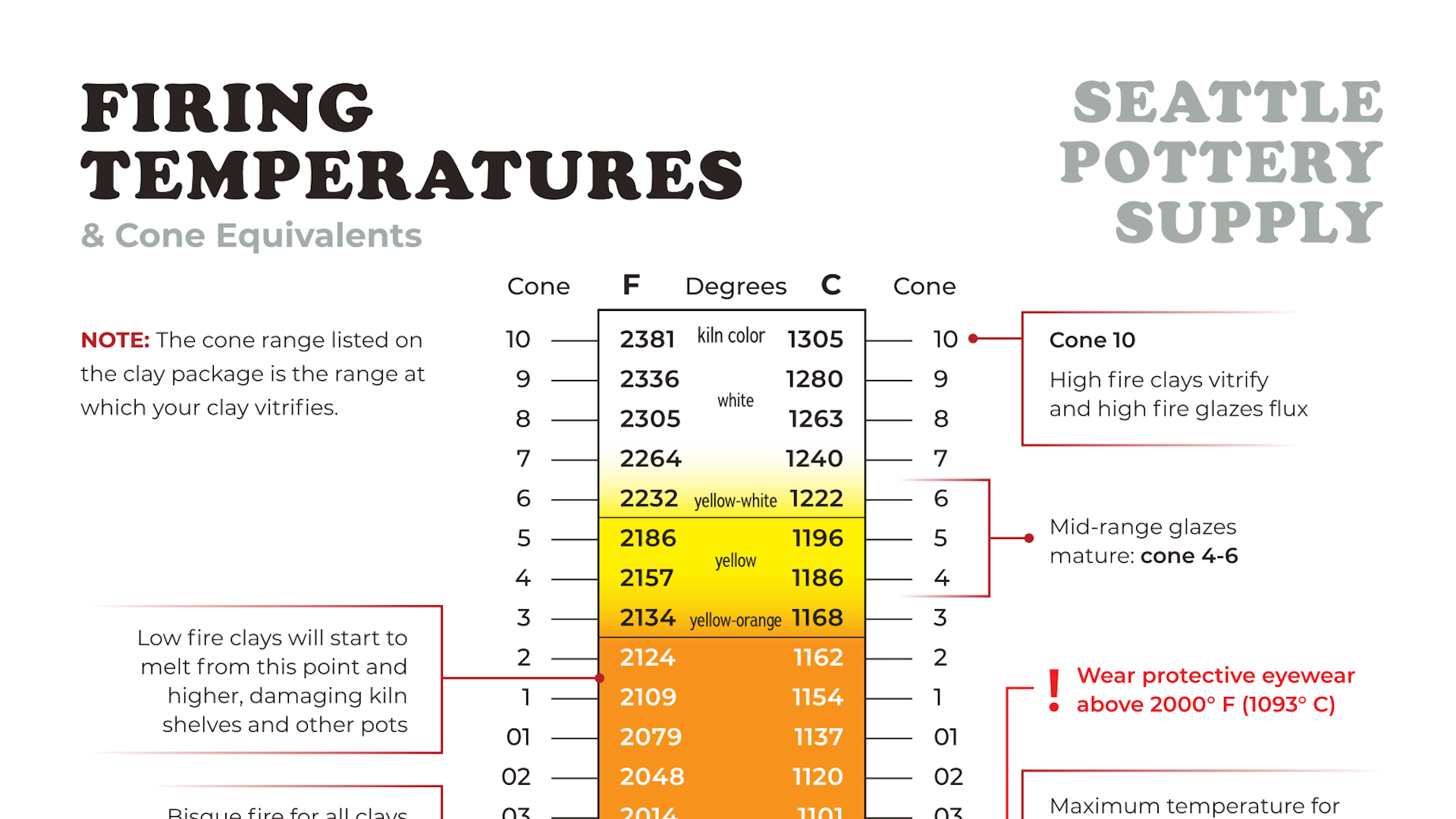
Firing Temperatures & Cone Equivalents
A handy chart to help decode kiln firing temperatures for clays and glazes.
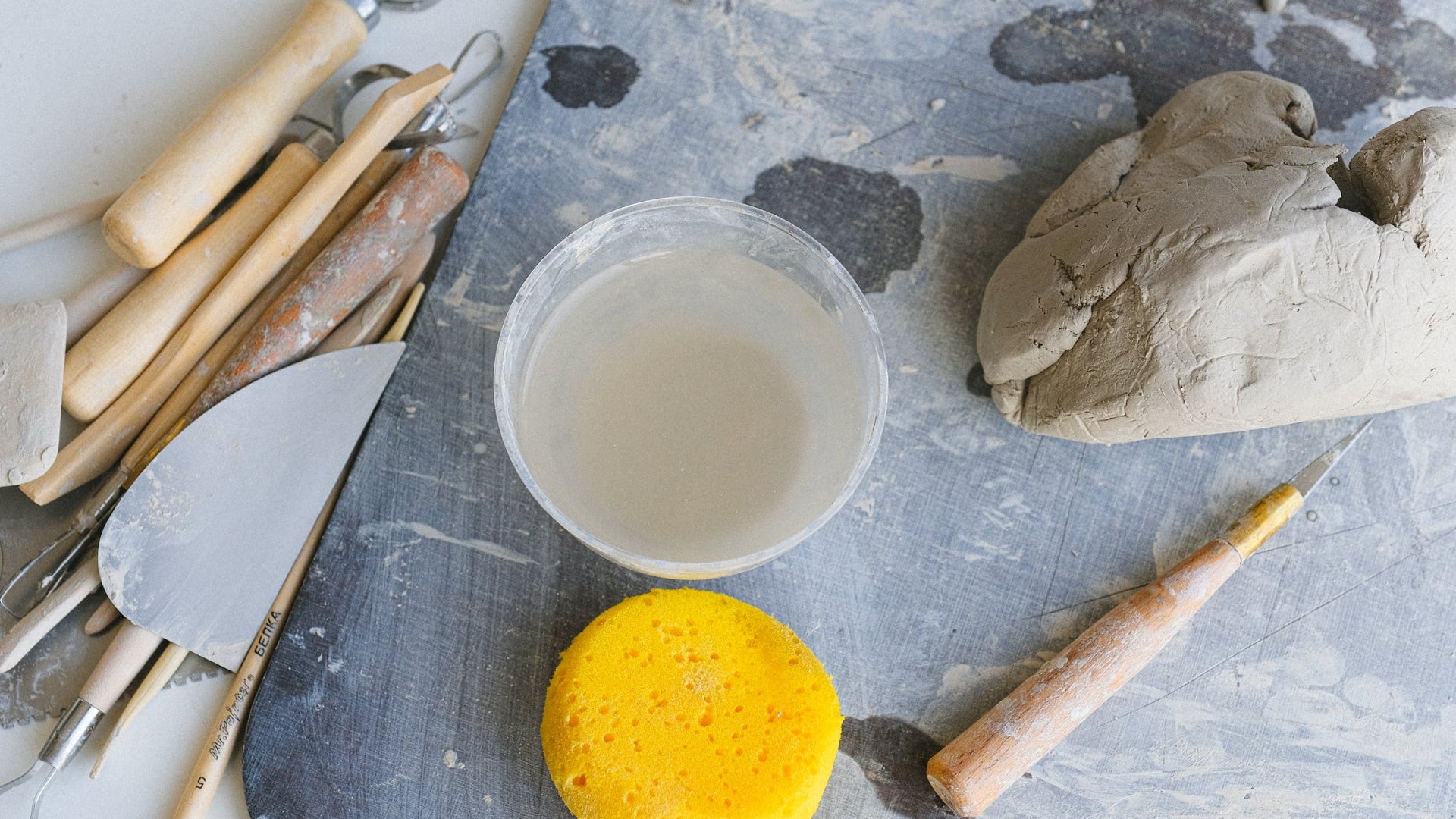
Water Absorption in Pottery Clay
Generally speaking, the absorption rate of a clay body is how much water will absorb into a piece after the clay has been fired if left unglazed. This information is an important factor in determining which clay is suitable for making pieces that need to contain water or food for long periods of time.
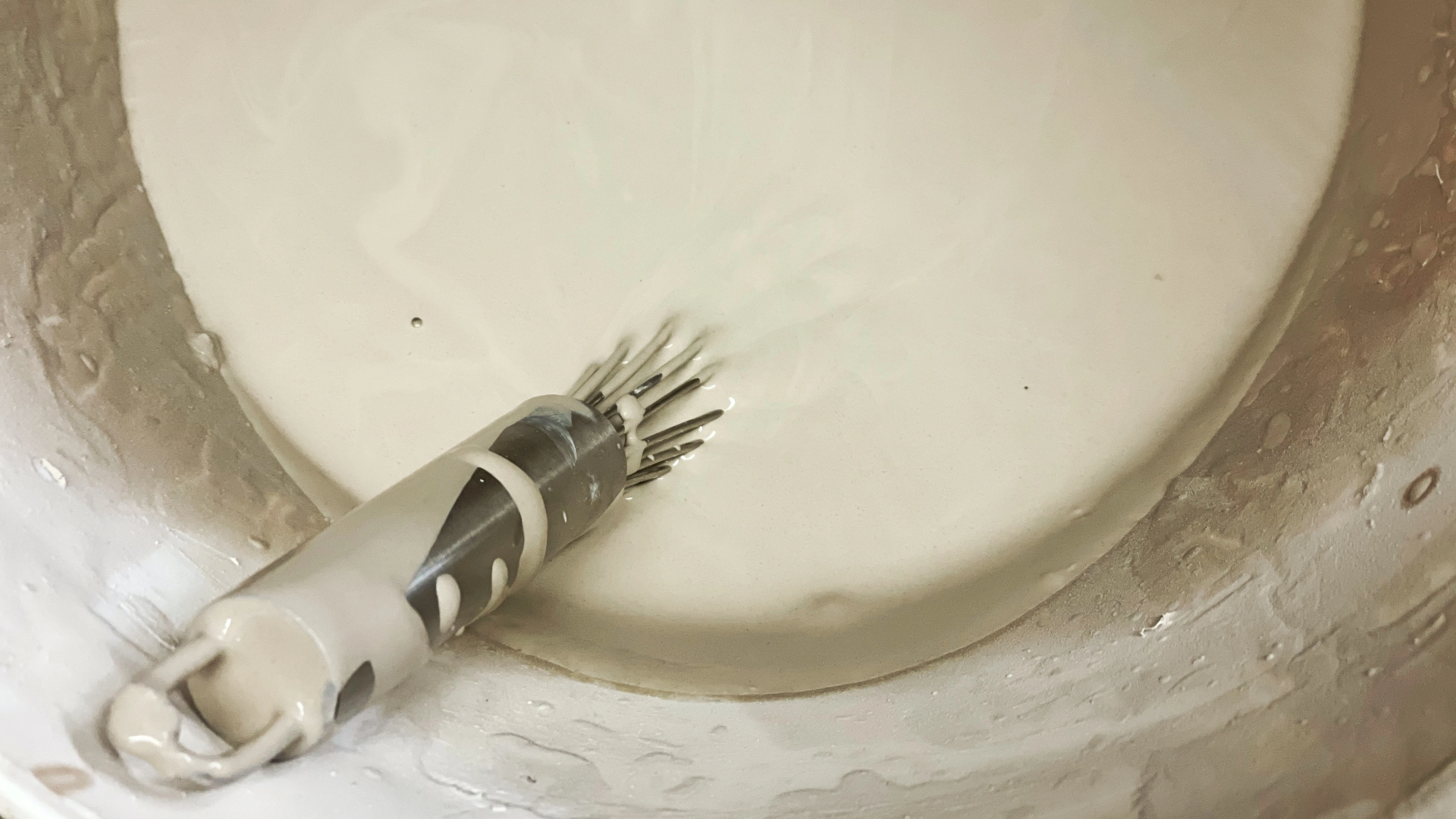
Everything to Know About Kiln Wash
Kiln wash is a barrier to prevent unexpected glaze runs or drips from ruining your pottery kiln shelves, and your work. You brush it directly onto your shelves; it looks similar to a glaze when being applied.

Pottery Chalkboards
Have you ever wanted to know the science behind was is happening with your pottery? Do you know why crazing happens? How comfortable are you with the properties of thermal expansion? In this series, Tyler Didier, our clay chemistry experts, outlines the details.
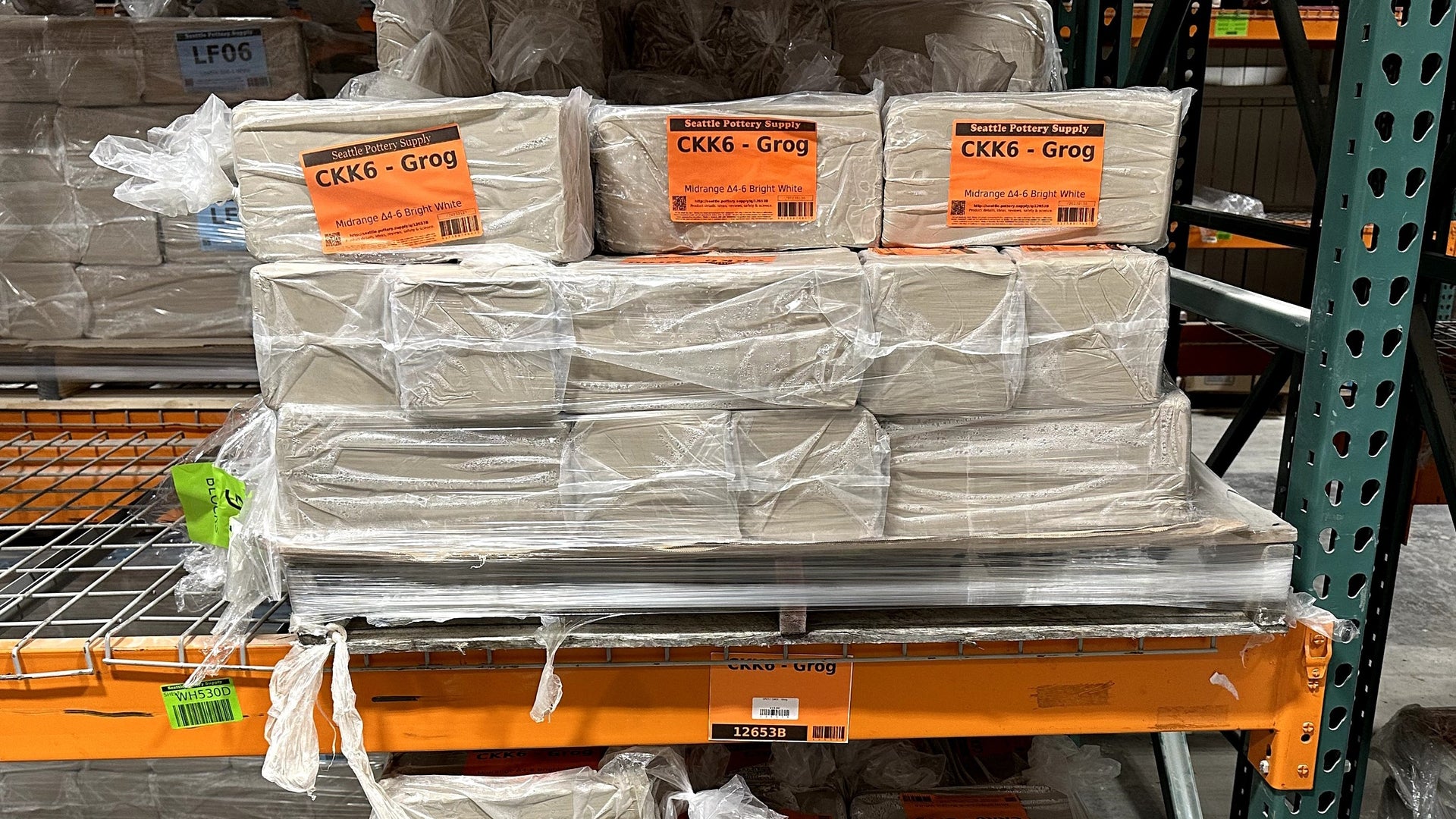
Clay Additives
Have you ever been shopping for clay, and noticed that you could buy it with "paper", or "grog", and wondered what that means? Wonder no longer! We've put together a list of the most common clay additives and what they are used for.
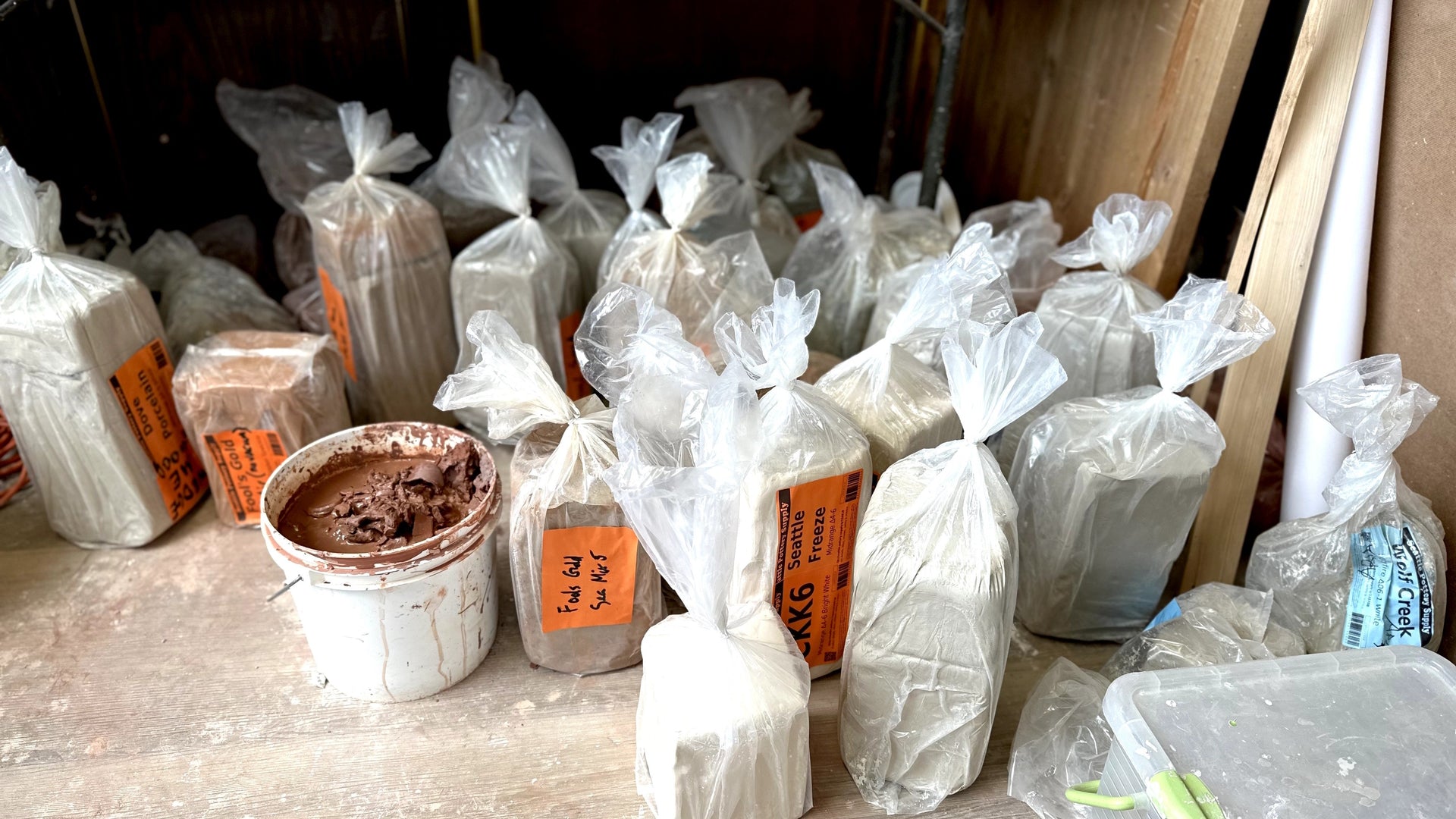
How to Store Clay
Whether you make your own clay from local materials or buy prepared clay,it’s important to learn sensible strategies to keep your pottery clay properly stored— whether you’re going to come back to it in a few hours or even a few years.
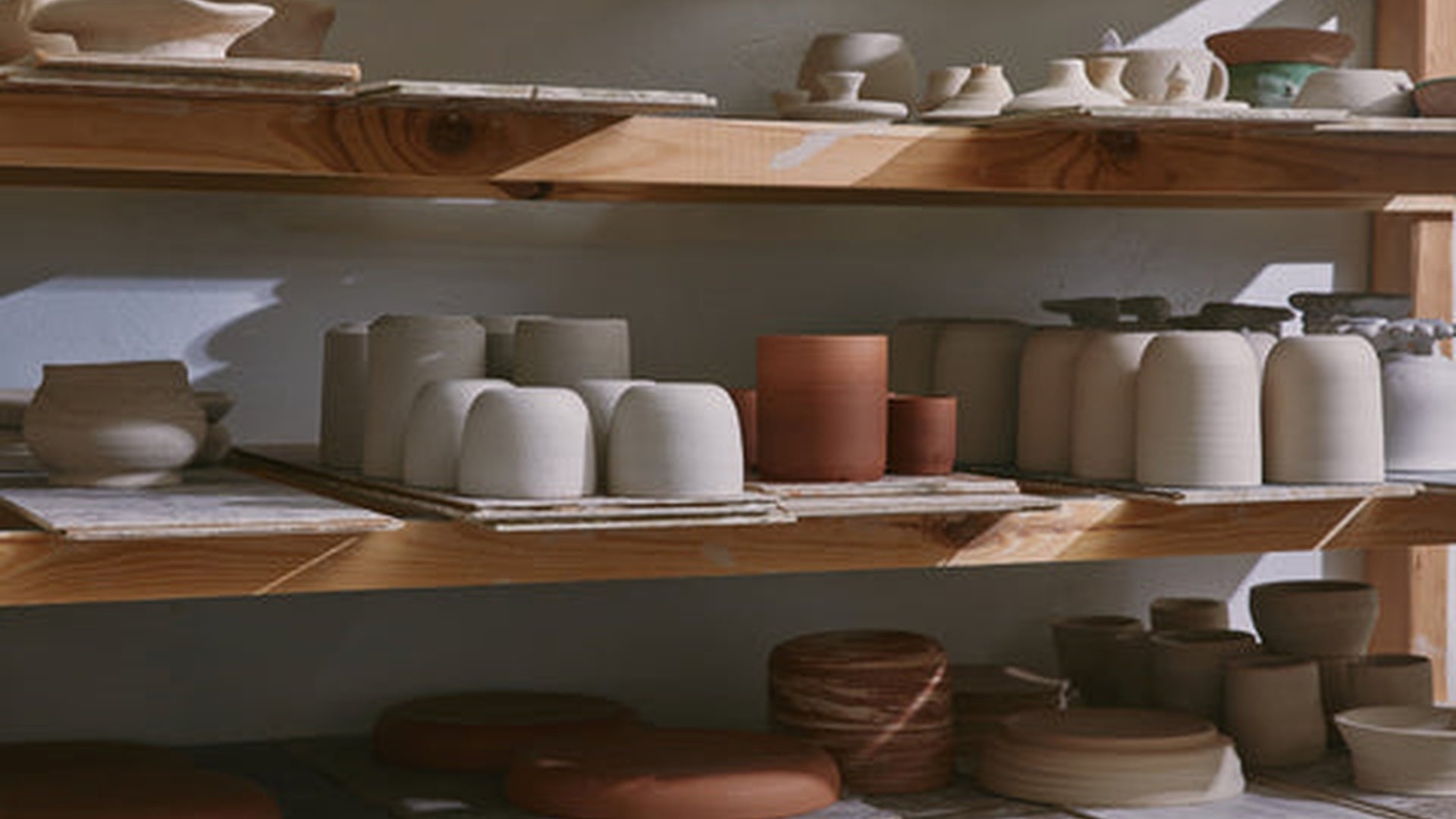
What is greenware?
Greenware is the term given to clay objects when they have been shaped but have not yet been fired. Firing greenware converts the clay to ceramic.
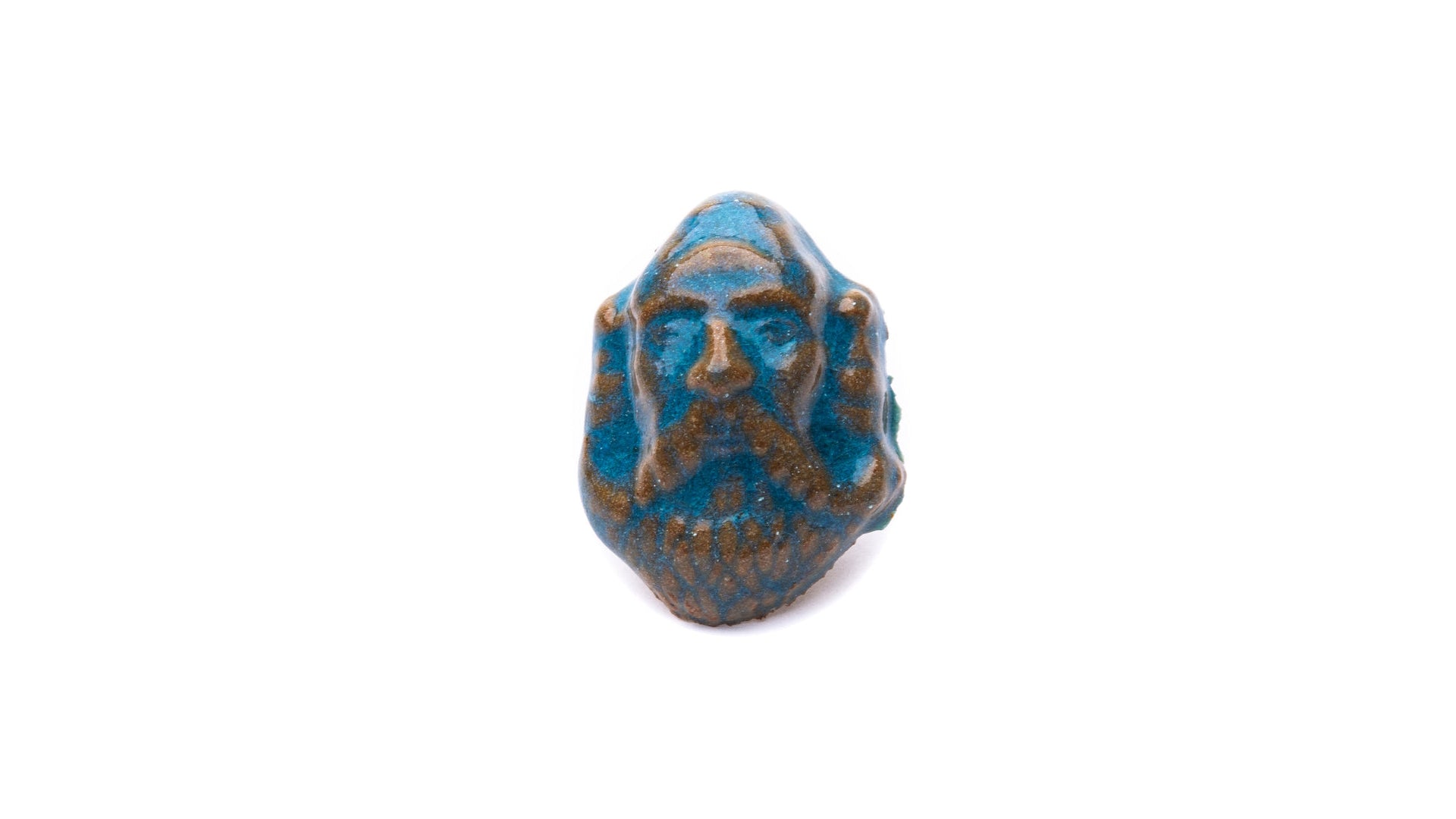
Pottery Glazing Techniques
Glazing is an important step in creating a finished piece of pottery. The traditional glazing techniques are dipping, pouring, or brushing. You will find that these three techniques will serve most of your glazing needs.
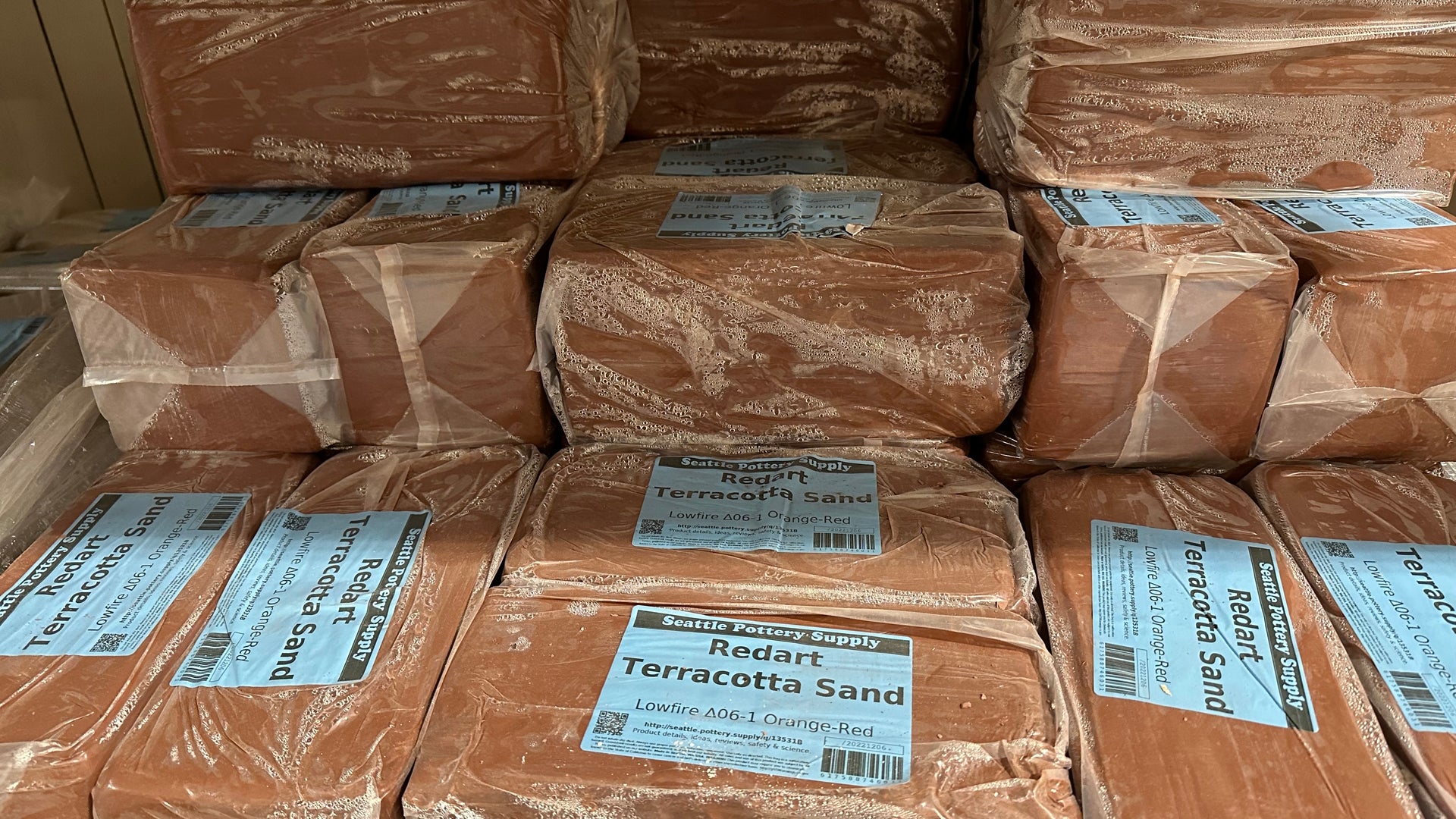
The Types of Pottery Clay and What They Are Used For
Pottery has a lot of terminology, and it can sometimes feel a tad overwhelming... including when it comes to the most basic ingredient of all - the very clay you use! But there are not as many clay types as you might think.
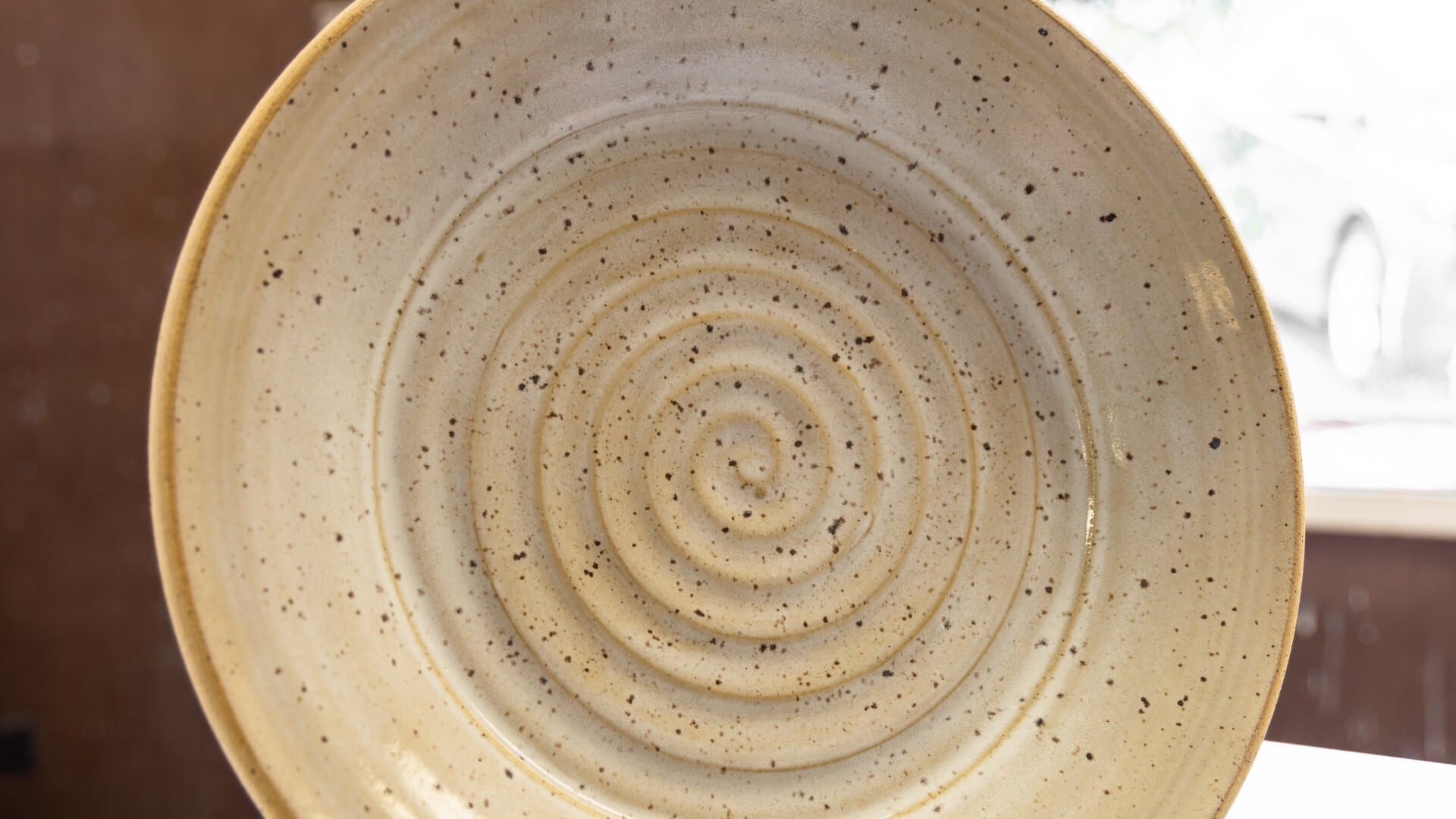
Clay + Glaze Inspo
Looking for some inspiration? Look no further!
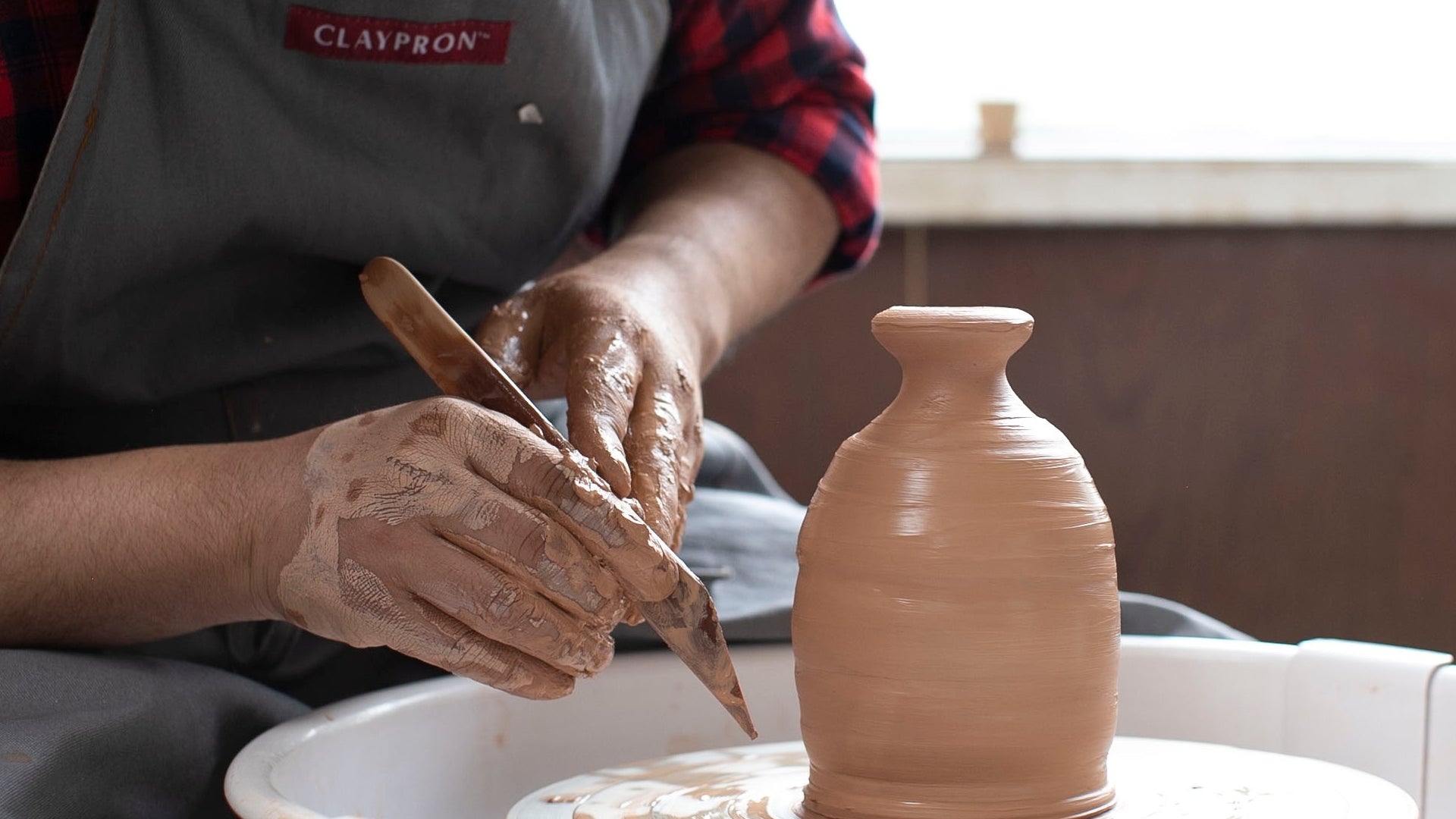
Choosing the Right Pottery Wheel
Whether you want to take your budding pottery skills to the next level or give it a shot for the first time, a pottery wheel is a great addition to any home studio.
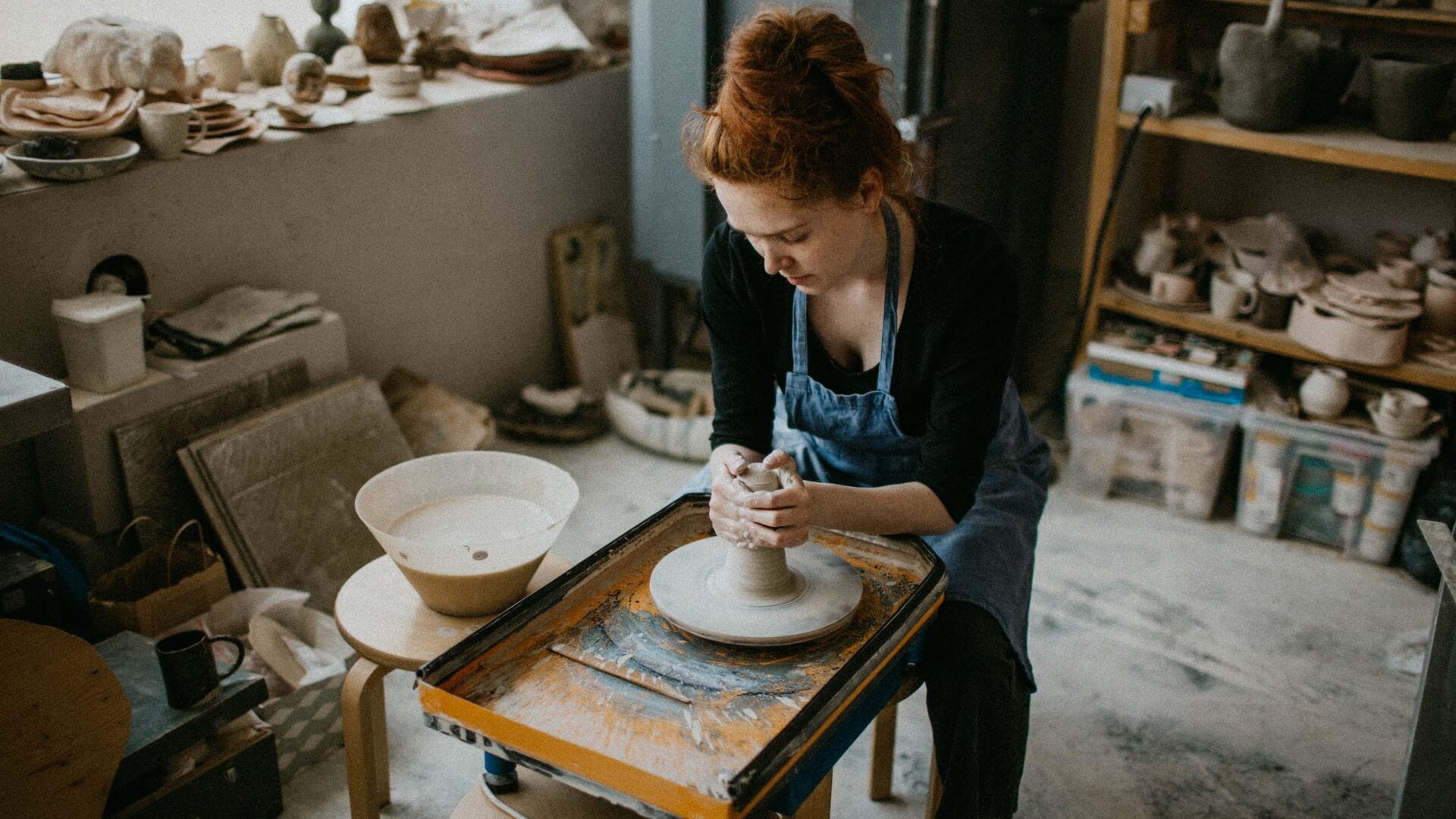
How to Set Up a Home Pottery Studio
If this is the first time you’re setting up a home pottery studio this is your place to start!
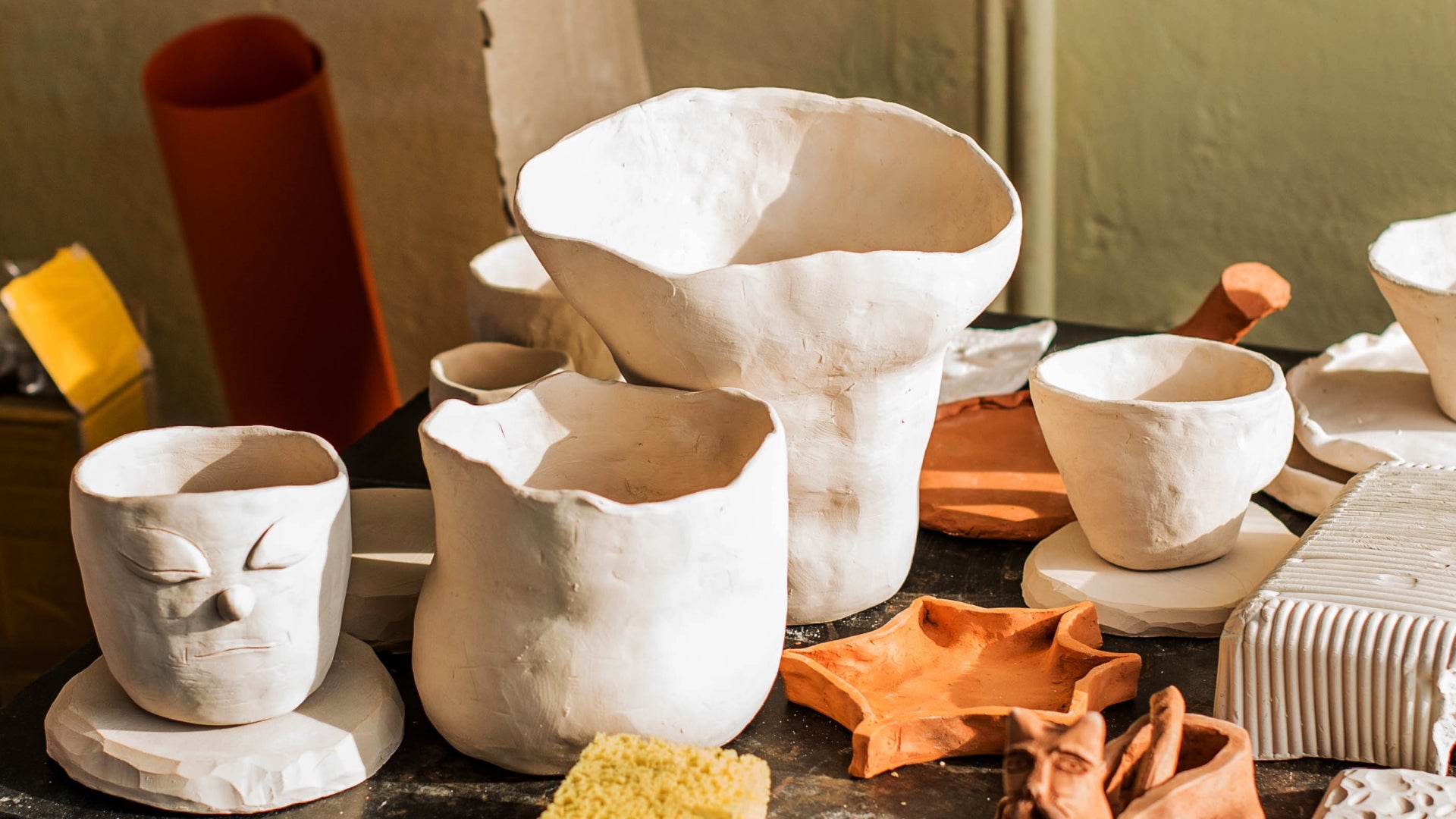
How do I get started in Pottery?
Pottery is a wonderful hobby that lets you use your creativity to make beautiful, useful works of art. We’re preaching to the choir, we know. But, like any hobby, it does require a certain level of investment when you’re ready to “get serious.”
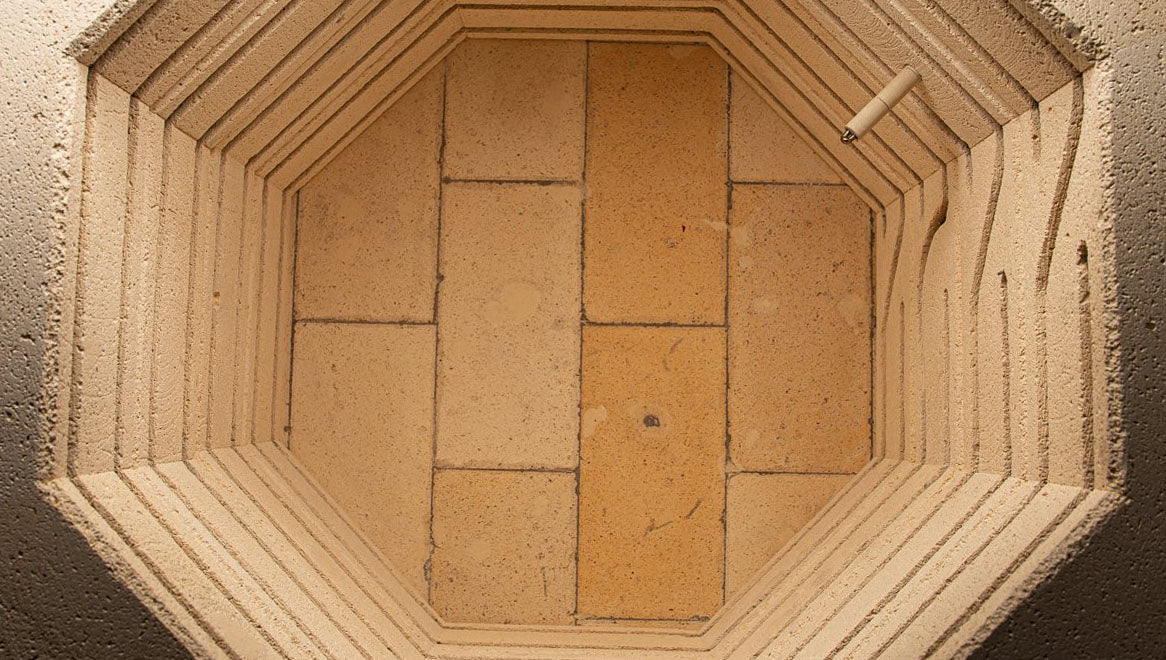
KILN BUYING GUIDE
Buying a kiln is a big (and exciting step). And it can be a confusing one. We try to help.
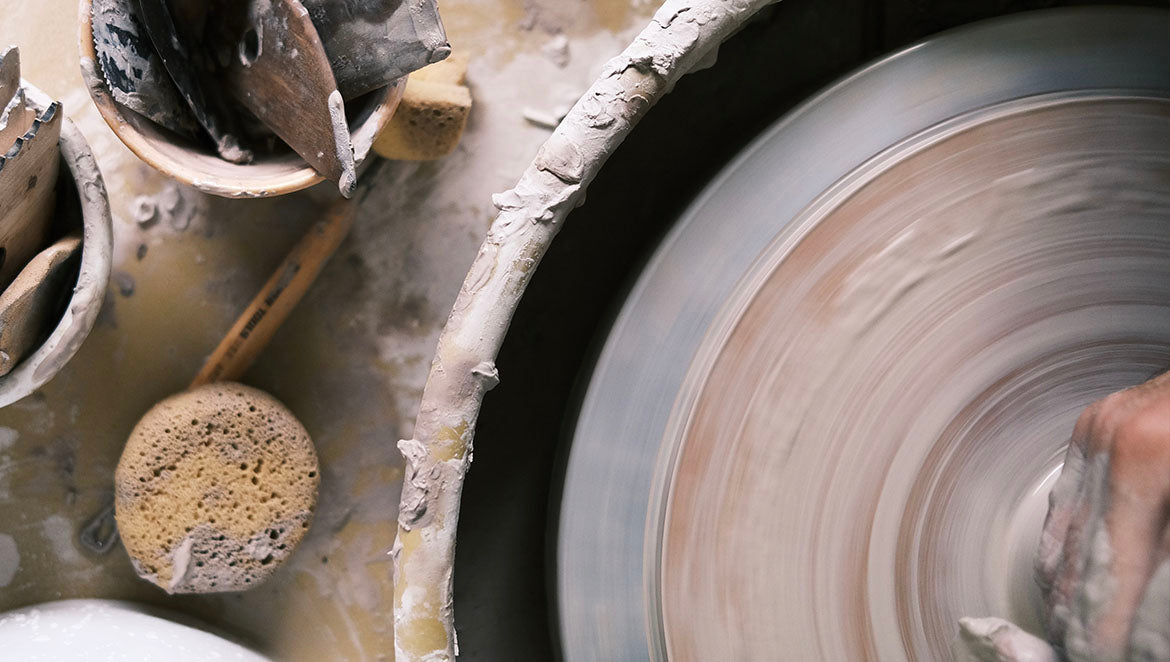
TUTORIALS
As much as we learn about the art of pottery, the more we realize we can learn. We bring the experts together for masterclasses on ceramics techniques.
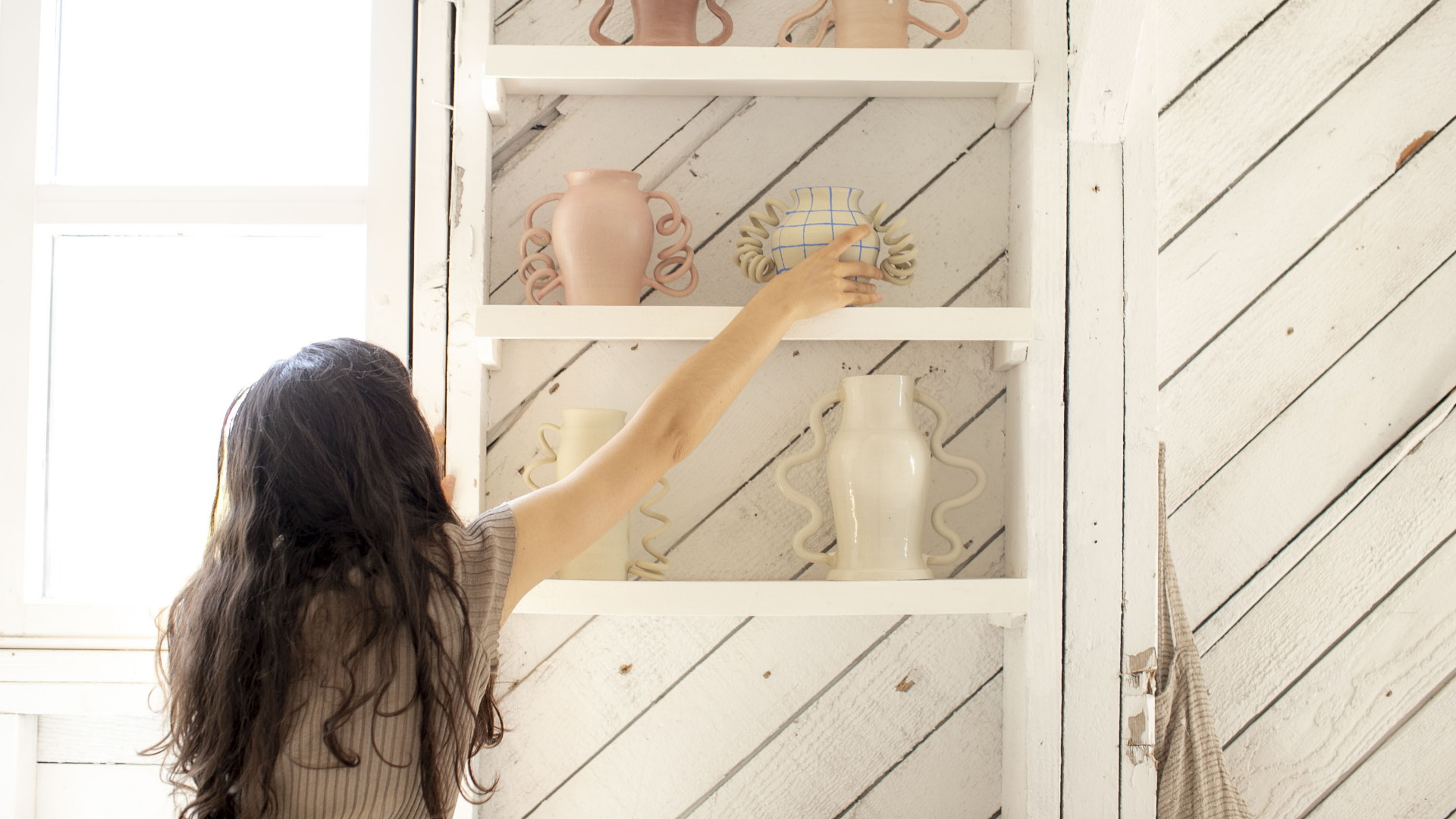
Studio Tours
Occasionally we like to visit some of our local potters to chat a bit about their process, their studio, and their artwork. We've collected those chats here.
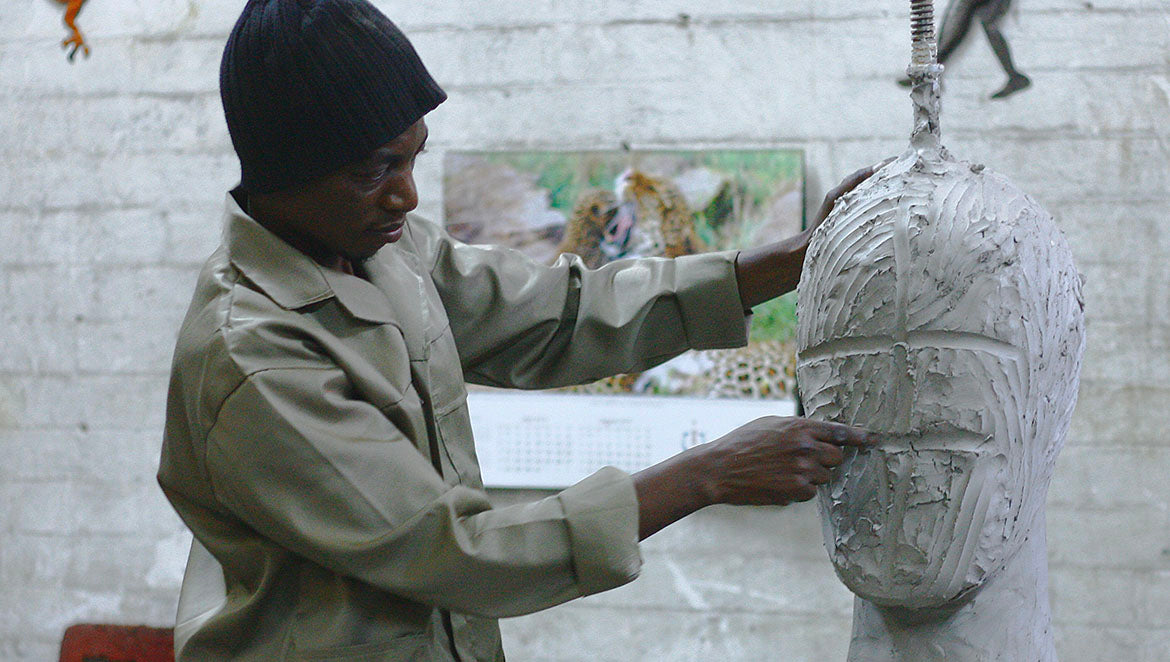
The Official Seattle Pottery Supply Company Pottery Glossary
As with every area of specialization, pottery has it's own terminology. In the interest of opening up the joy of working with clay to everybody, we want to make it as simple as possible - so we've put together a glossary of terms.
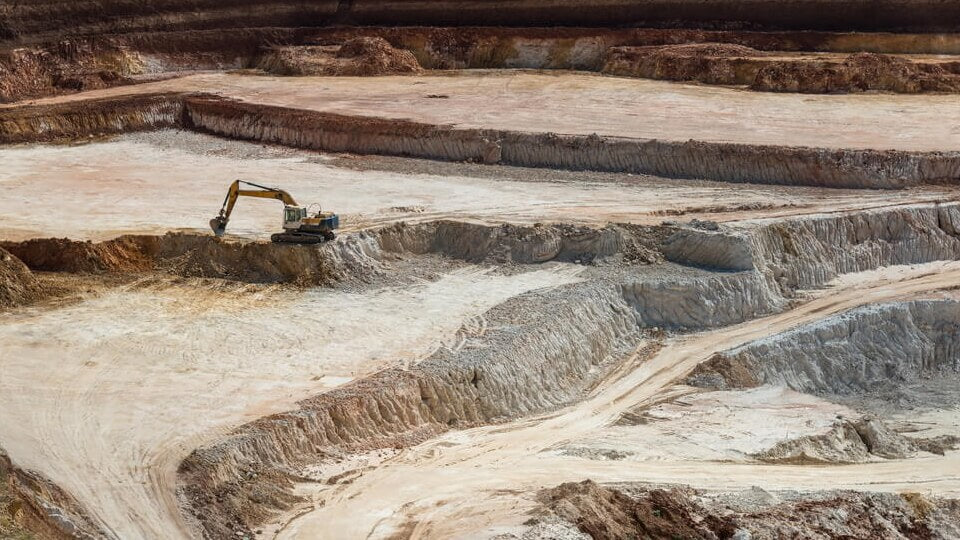
Natural Imperfections in Pottery Clay Bodies - and Why You Should Care
One of the biggest factors that can affect your final project are natural imperfections in the clay body. Here’s a quick guide to understanding those natural imperfections.

